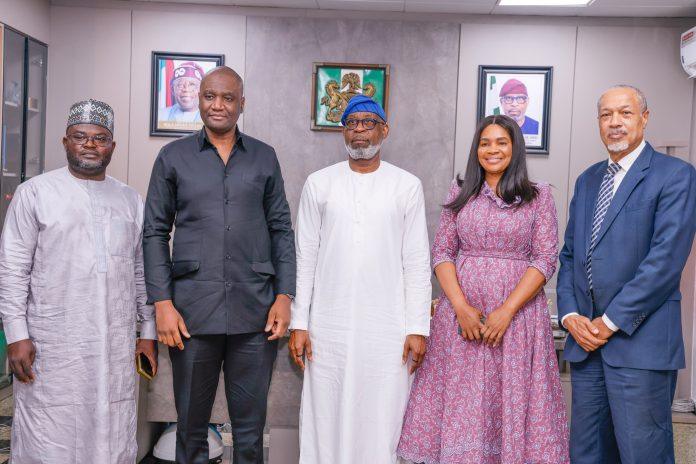367
The electricity distribution companies (DisCos) have demanded a cost recovery framework before making investments in power distribution.
Speaking at a seminar for the preparation of performance improvement plans (PIP) by DisCos, Azu Obiaya, chief executive officer of the Association of Nigerian Electricity Distributors (ANED), said the framework is necessary to align the sector towards commercial viability and sustainability.
The Nigerian Electricity Regulatory Commission (NERC) had directed DisCos to submit their PIP to pave way for a major tariff review by January 2020.
Also, the Transmission Company of Nigeria (TCN) had asked the federal government and investors in DisCos to raise $4.3 billion to recapitalise the firms and improve their services.
“We are gathered here today for the culmination of a process that was triggered by the Performance Improvement Plan (PIP) requirement of the Federal Government’s Power Sector Recovery Program (PSRP),” Obiaya said.
“The information that will be provided to you today is information that, we hope, will robustly guide the activities that will result in the required PIP/Performance Agreement outcomes of improved service delivery, ATC&C loss reduction, increased connections, improved energy delivery, etc.
“This information includes analysis of data from the sector, international best practices, experiences of DisCo implementation of some aspects of PIP, proposed market strategies, etc.
“Recently, there has been a drumbeat for recapitalization of the DisCos. There are two principal approaches to recapitalization – one we won’t mention today and the other is investment. For the latter to occur, rational investors would need to see a pathway of recovery of their investment for them to make the leap.
“It is my hope that the PIP guidelines, if implemented faithfully, efficiently and consistently, will provide this pathway, as necessary to re-orient the sector towards commercial viability and sustainability.”
The distribution subsector has been identified as the weakest link in the power sector, with little or no investment over the years.









